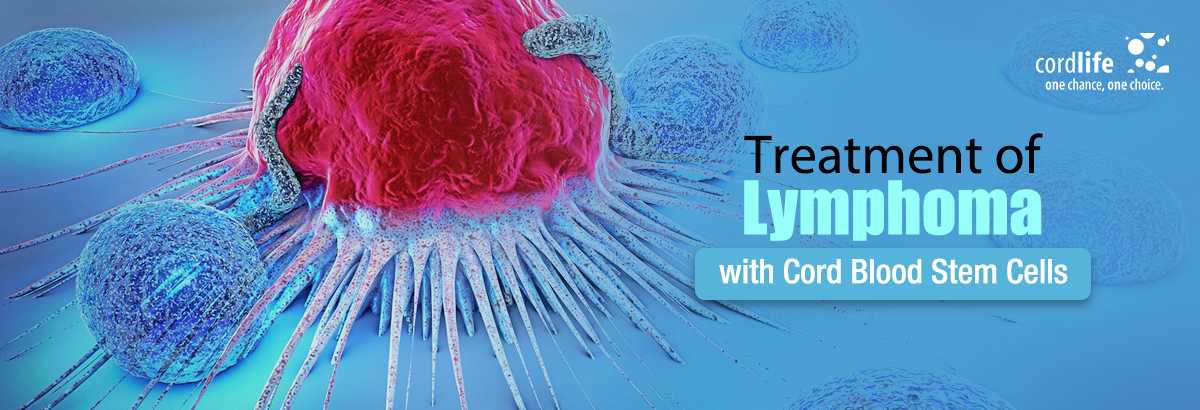Table of Contents
Lymphoma begins in a subset of white blood cells (the lymphocytes). This leads to swelling and enlargement of the lymph nodes. Upper chest, armpit, groin, belly, and neck – in the lymphatic system. (The lymphatic system is a vital part of the immune system. It helps in the circulation of the lymph fluid in the body while maturing and storing the healthy immune cells).
At least 1 person across this world is diagnosed with blood cancer – like lymphoma, leukaemia, or myeloma, every 3 minutes. Like all other cancer types, lymphatic cancerous cells grow uncontrollably and live longer than expected as a result of DNA defects that instruct them on how to grow. Lymphoma mutates or multiplies fast, disturbing the functions of the lymphatic system, and doesn’t want to die.
However, several treatments are available for lymphoma.
Treatments for Lymphoma
To treat this cancer, healthcare practitioners first evaluate this condition through various tests. Since the lymph nodes are deep inside a body, they are difficult to detect superficially. They can’t even be seen or felt. With infection or cancer, the nodes tend to become large. Scans, other imaging studies, and complete blood tests are done to evaluate the cancer-affected lymph nodes. Such detailed test reports help the healthcare provider begin the treatment procedure with chemotherapy, immunotherapy, radiotherapy, or a combination.
Autologous Hematopoietic Stem Cell Transplantation (HCT) for Lymphoma
For Hodgkin lymphoma (HL), the most widely-known regimen is BCNU Etoporide Ara – C and melphalan (BEAM). This includes chemotherapeutic effects. BEAM followed by Autologous Haematopoietic stem cell transplantation is frequently used as consolidative therapy for patients with Refractory Hodgkins or Non-Hodgkins Lymphoma. The total body irradiation (TBI)-based regimens were also found to be associated with an increased risk of relapse/progression.
Allogenic Stem Cell Transplant for Lymphoma
Allogeneic bone marrow and peripheral blood stem cell transplantations may also be considered effective in treating adult T cell leukaemia/lymphoma (ATLL) – (a result of the natural graft-versus-ATLL effect). With the advent of the revolutionary approach of haploidentical stem cell transplantation and the untapped potential of umbilical cord blood stem cells, a groundbreaking treatment approach has emerged, offering a new era of hope for patients fighting the life-threatening disease Lymphoma.
In comparison to traditional lymphoma treatment methods (Adult mobilised peripheral blood or bone marrow-derived stem cells), cord blood stem cells have emerged as an able alternative because they are unique as well as they are immunologically naive and have a greater tolerance for HLA mismatches. This means cord blood stem cells can be used with higher success rates.
A study of 175 patients with adult T cell leukemia/lymphoma (ATLL) was done who underwent single-unit Cord Blood Stem Cell Transplant. As per this study, the two-year overall survival (OS) rate for the relevant condition was found to be 20.6%. Besides this, a sub-group of patients with Hodgkin Lymphoma (HL) who relapsed after autologous stem cell transplant (or their own peripheral blood stem cells mobilised after attainment of remission with chemotherapy) was observed scientifically, at two centres in 2003-2014. 27 heavily pre-treated patients were analysed after they received double umbilical cord blood transplants (dUCBT). Research has it that, the patients underwent a successful engraftment. While the neutrophil engraftment took 17 days, the platelet engraftment took 37 days. Overall response rate was 68%. 58% achieved complete remission. Overall survival took place within 27 months. That means dUCBT is a feasible treatment option for patients with heavily pre-treated HL. Approximately 30% of patients who underwent this treatment received a long-term disease-free survival.
The true reasons behind lymphoma may be unknown yet, however, research suggests that lymphoma can occur if someone has HIV (human immunodeficiency virus)/AIDS, weak immunity, and a family history of lymphoma. Not just children, lymphoma of two types – (non-Hodgkin lymphoma (NHL), and Hodgkin lymphoma) can happen to adults too, thus making the cancer-affected child or adult feel tired, feverish, sweaty at night, and weight loss. However, the treatment as mentioned earlier options, particularly cord blood stem cell transplants prove to be groundbreaking treatment methods for lymphoma patients.
